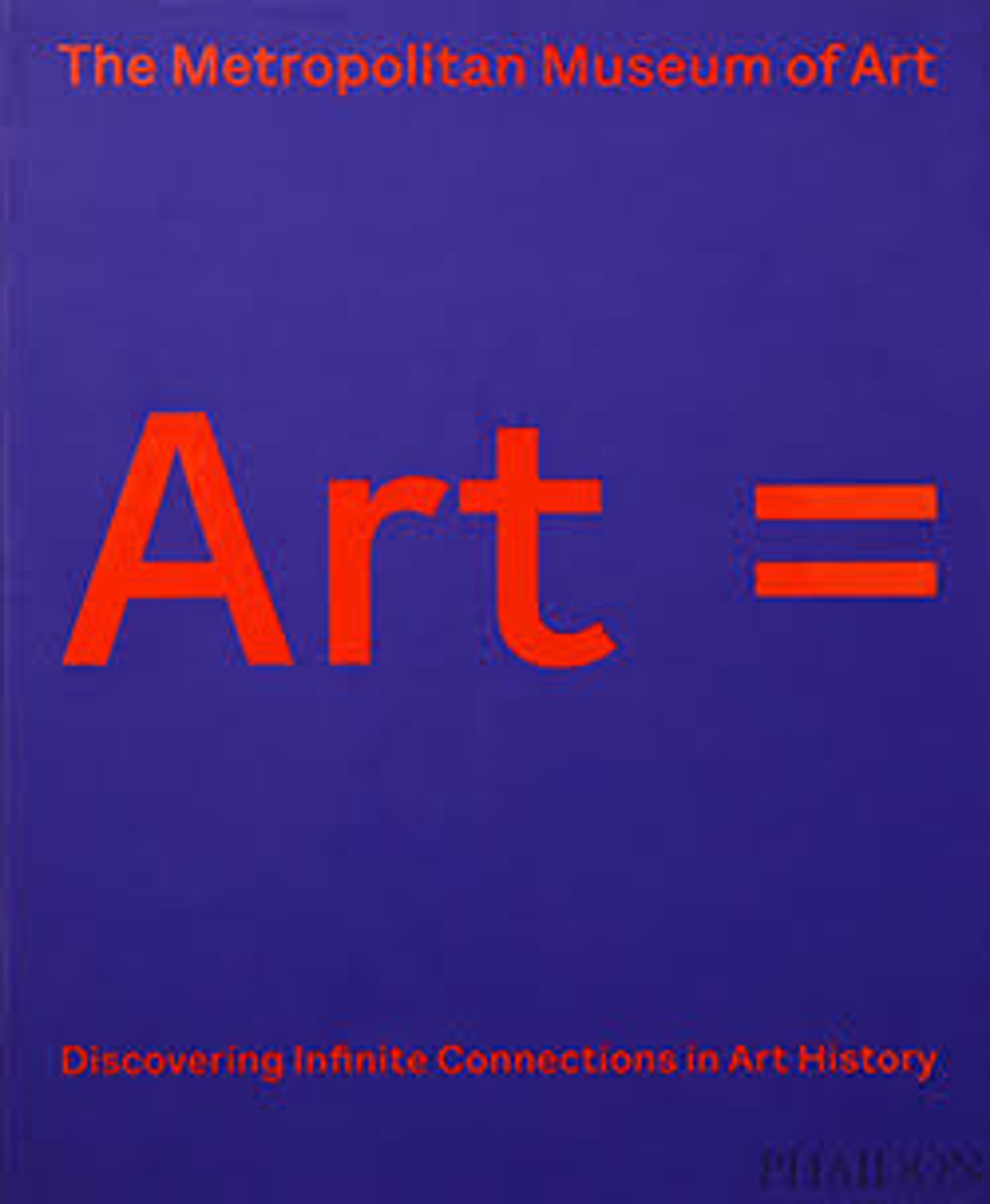King Arthur (from the Heroes Tapestries)
French poems of the late fourteenth century also began to praise Nine Heroines. As counterparts to the Heroes, the Heroines promoted ideals of chastity, humility, and loyalty. However, this list of Heroines was never settled and artists depicted various groups of women from the histories and legends of the ancient world. The celebrated German artist Hans Burgkmair established a set of three Classical, three Jewish, and three Christian women when he produced woodcuts of all eighteen Heroes and Heroines between 1516 and 1519. Perhaps intended for his imperial patron Maximilian I, Burgkmair’s series provided moral direction for men and women alike. Four of these six prints are in The Met’s collection (see 18.20.1–.3 and 30.53.10).
Dating to around 1400, The Cloisters’ Heroes are among the oldest surviving medieval tapestries in the world. Their state of preservation is remarkable, even though only five heroes are still extant. Each man sits enthroned underneath an architectural canopy, and each is depicted with emblems that early audiences would have recognized as clear markers of identity and authority. In its original form, the ensemble was almost certainly comprised of three large tapestries: one for the Classical Heroes, one for the Jewish Heroes, and one for the Christian Heroes. Made entirely of wool, these hangings were both decorative and practical, keeping stone interiors warm and festive during the colder months of the year.
Since the acquisition of the Heroes Tapestries, scholars have suggested that they may have been made for Jean, duke of Berry (1340-1416), son of John II, King of France. Of the fourteen heraldic banners in the upper part of the Hebrew tapestry, ten display Jean’s coat of arms. Of the remaining four, three show the royal arms of France and one the arms of Jean’s younger brother, Phillip the Bold, duke of Burgundy. Tantalizingly, inventories of the collections of the duke of Berry indicate that he did own tapestries featuring the Nine Heroes, but these hangings—unlike those in The Cloisters’ collection—were made with gold and silver threads. Though we might imagine that The Cloisters’ tapestries closely resembled the ones in the duke’s possession, there is no conclusive proof regarding their original ownership.
In this tapestry, King Arthur sits upon a dais. Bishops and cardinals surround him beneath smaller architectural canopies. Although pulled from popular legend, Arthur would have hung alongside the historical figures Charlemagne and Godfrey of Bouillon to form the Christian Heroes tapestry. Though the other Christian Heroes have been lost, some fragments of their attendants are preserved in The Cloisters Collection (see 47.101.5a–c and 49.123). Thanks to a generous gift from Jane and Michael Horvitz, the King Arthur tapestry underwent an intensive treatment by The Met’s Textile Conservation Department from 2019–2022. Further conservation efforts for the remaining Heroes tapestries are currently in progress.
Artwork Details
- Title:King Arthur (from the Heroes Tapestries)
- Date:ca. 1400–1410
- Culture:South Netherlandish
- Medium:Wool warp, wool wefts
- Dimensions:Overall: 168 × 117 in. (426.7 × 297.2 cm)
- Classification:Textiles-Tapestries
- Credit Line:Munsey Fund, 1932; Gift of John D. Rockefeller Jr., 1947
- Object Number:32.130.3a; 47.101.4
- Curatorial Department: Medieval Art and The Cloisters
Audio
61. King Arthur Attendants
Gallery 18
NARRATOR: Arthur, the legendary King of Britain, may be the most popular figure and symbol of valor in Medieval chivalric literature. Here, he sits on a massive throne under a rib-vaulted canopy. His coat of arms, in the form of three golden crowns, appears on his robe and on the banner flying from the staff he holds. He’s accompanied by seven clergymen positioned according to their ranks: two seated bishops on the lower level, two archbishops standing in the mid-level chambers, and three cardinals on the balcony above. Like Arthur, all the heroes are dressed in garments known to have been fashionable around 1400. They are set in fanciful architectural settings complete with traceried windows, flamboyant gables, as well as elaborate crenellations and battlements. In the tapestries to your left, depicting Caesar and Hector, you’ll see some Asiatic and African-looking warriors. Their presence probably alludes to military campaigns waged by these classical heroes in regions beyond Europe. On the Jewish Heroes tapestry—on the opposite wall—soldiers, musicians and courtiers carrying exotic pet animals such as falcons and panthers offer a glimpse of aristocratic life of the late Middle Ages.
More Artwork
Research Resources
The Met provides unparalleled resources for research and welcomes an international community of students and scholars. The Met's Open Access API is where creators and researchers can connect to the The Met collection. Open Access data and public domain images are available for unrestricted commercial and noncommercial use without permission or fee.
To request images under copyright and other restrictions, please use this Image Request form.
Feedback
We continue to research and examine historical and cultural context for objects in The Met collection. If you have comments or questions about this object record, please contact us using the form below. The Museum looks forward to receiving your comments.
